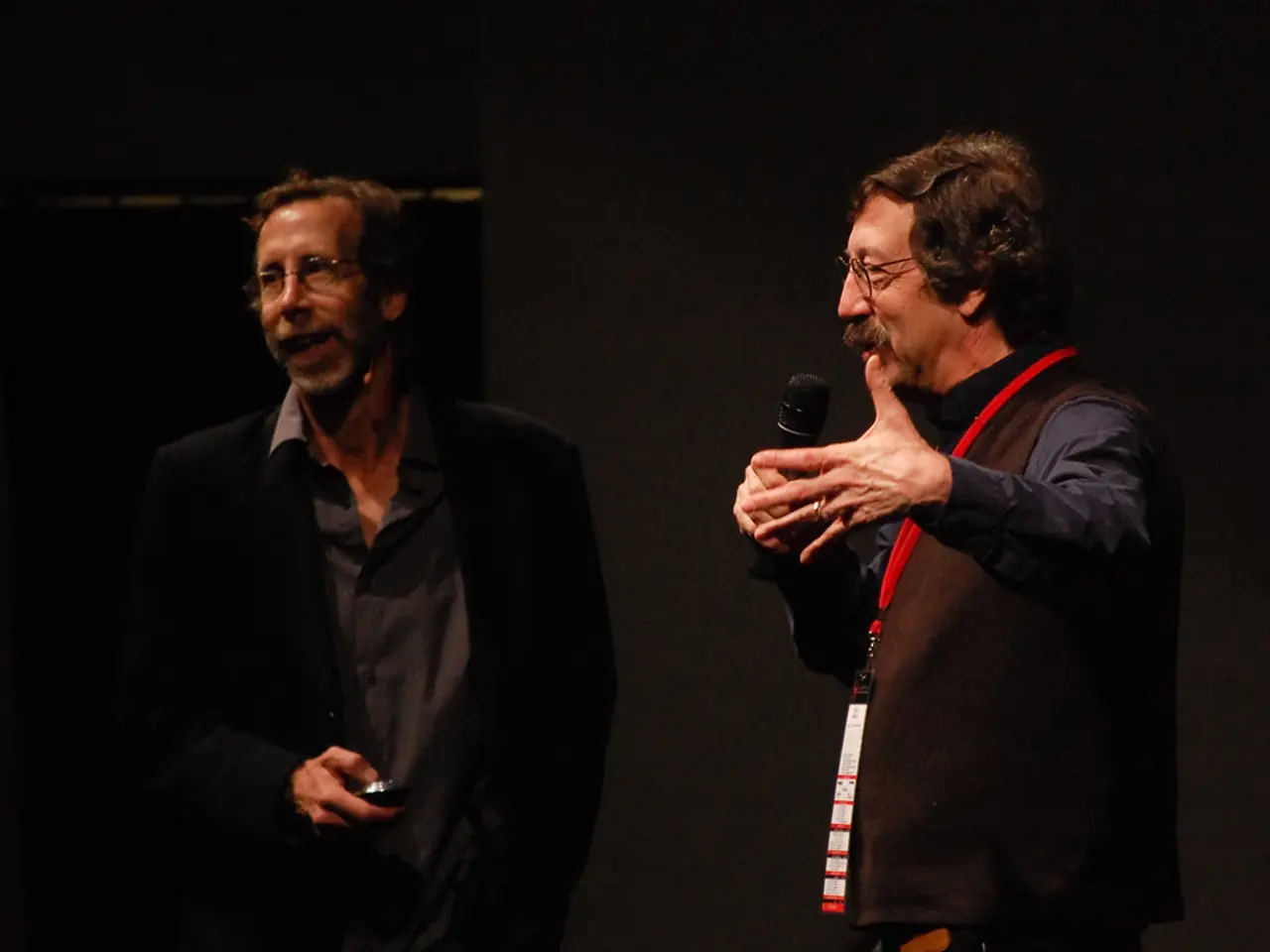Differences in Antagonist and Protagonist Roles
In the captivating world of screenwriting, the push and pull between a protagonist who fights for something and an antagonist who stands in the way is the heartbeat of every winning script. This article explores best practices for crafting and differentiating these essential characters, ensuring your script stands out from the crowd.
First, let's focus on our protagonists. They should be central characters who champion a cause or goal, evolving emotionally and behaviorally throughout the story. Their development should be driven by the plot’s conflicts, showing clear growth or change by the story’s end. A prime example of such a character is Katniss Everdeen from the Hunger Games series, whose unwavering resolve sets her apart.
On the other side of the coin, antagonists should be developed with as much depth and backstory as the protagonist. Clichéd villains should be avoided, and their motivations should be defined clearly. Whether through loss/gain of something important, new obsessions or goals, or realizations about their own morality, antagonists like President Snow in the Hunger Games series become believable and complex characters.
Both protagonists and antagonists should have distinct, consistent character arcs. The antagonist’s conflict with the protagonist should be meaningful, not contrived, and their interactions can create dramatic tension that fuels the story. A good example of this is the antagonist in "Black Swan," Nina, who battles her own psyche, making her both the protagonist's antagonist and the engine of her own downfall.
Relationships and subplots between supporting characters around both protagonist and antagonist (friends, family, allies, rivals) enhance believability and can provide additional conflict. For instance, in "Fight Club," the shifting narrative and central conflict both spring from the lead character.
Market forecasts and budget tools use the "conflict test" to decide on acquisition, so it's crucial to ensure your script's antagonistic forces are sharply defined, even if faceless. Greenlight Coverage's advanced analysis and instant coverage can help you turn character opposition into your script's greatest asset, keeping you accountable, fast, and audience-ready.
In ensemble scripts or scripts with unreliable narrators, readers may question the roles of protagonist and antagonist, keeping them engaged. However, scripts with weak antagonists attract less funding and support. Greenlight Coverage reviews can help spotlight lopsided conflict instantly.
The industry values precision and speed. Pros keep competitor scripts at bay by clarifying antagonist vs protagonist roles with discipline and practical tools. Industry insiders search for stories with immediate, high-stakes conflict and see right away when protagonist vs antagonist dynamics are muddy.
In conclusion, good practice involves deep background and motivation for both protagonist and antagonist, clear, evolving character arcs reflecting changes caused by story events, meaningful, believable conflict grounded in characters’ desires and growth, avoiding clichés and oversimplifications, especially with villains, and using relationships and subplots to enrich main character dynamics. By following these guidelines, you can elevate your script from background noise to must-read.
Commercial success in the realm of screenwriting often hinges on the creation of compelling protagonists and antagonists. For instance, an education-and-self-development focused script could involve a protagonist striving for a teaching position, while the antagonist, the school's principal, stands in their way.
Envelope-pushing entertainment can be born from script dynamics that challenge this traditional dynamic, such as in a thriller where the protagonist and antagonist share similar objectives but have opposing values or methods, drawing them into a complex battle of morality and ambition.




